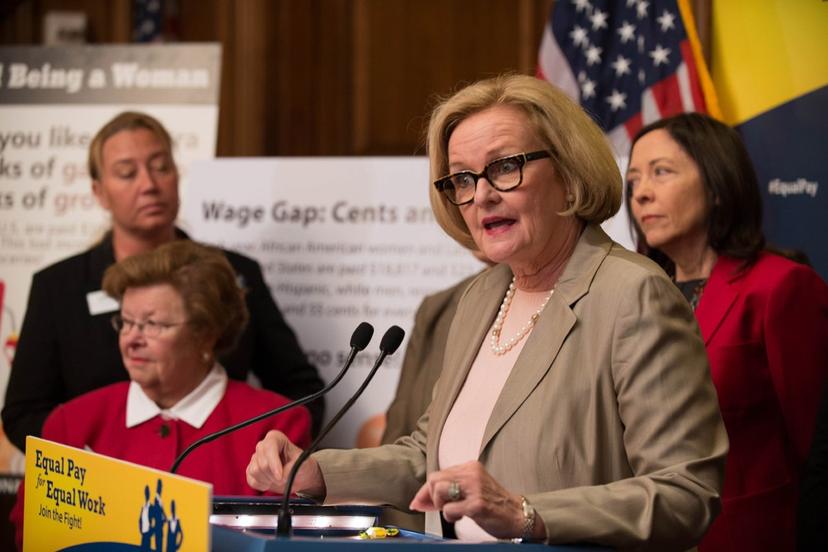Politics, Public Policy, and Activism

Background
History has demonstrated the power of activism in American society. For an example, consider the civil rights movement. Activism on the part of voters, nonprofit advocacy groups, unions, faith leaders, media figures, and others led to changes in the laws. In the legislative branch, there was the Voting Rights Act of 1965, among other laws. In the executive branch, there was President Truman's 1948 order to desegregate the armed forces. In the judiciary branch, there was the Supreme Court's 1954 Brown v. Board of Education ruling, which outlawed school segregation.
It wasn't only the laws that changed. In the 1960s, focused public opinion on the issue eventually swayed media companies to start featuring African Americans in non-stereotyped roles in magazine advertisements and television series. And slowly, at different rates in different social circles, the raised public awareness of the issue made it increasingly unacceptable for people of all colors to tell jokes and use expressions that perpetuated stereotypes about other ethnic groups.
The civil rights movement owes some of its success to the news media, which focused national attention on segregation and exposed the violence that was perpetuating this system. The press has traditionally played an important role as a forum for discussion of public policy issues and sometimes as an advocate for particular policy actions. In the early days of the republic, the press was highly partisan. Although some big-city newspapers that emerged over the course of the 19th century sought to achieve a more balanced outlook, advocacy journalism never disappeared, and today's media landscape features many highly partisan voices.
Some observers worry that diverse voices will not be heard in public policy debates because of the continuing consolidation of media ownership. Four huge corporations now own an estimated 90 percent of all television, news, radio, and film content in the U.S. On the other hand, other observers argue that as long as the Internet maintains "network neutrality"—meaning that Internet service providers cannot give preferential treatment to one user or type of content—the public has access to diverse voices, and there is no threat to the open debate of public policy issues or to calls for activism.
The Internet certainly offers many opportunities for citizen volunteers to play activist roles. It is easy to be an amateur journalist or political commentator with the help of social media platforms, free blogging sites, and the free software tools and hosting sites that allow ordinary citizens to create slick media presentations with the potential to reach millions. Everyone who carries a smartphone now has the ability to shoot and post photos and video clips showing local events with policy implications. Although the sheer volume of amateur journalism and commentary guarantees that most of this content will reach only a tiny audience, the most compelling content can quickly go viral and sway public opinion.
Some political scientists question whether mobilized public opinion is still as able to change the laws as it was in the civil rights era. They point to measures of congressional polarization, such as the declining proportion of members' votes across party lines or the rising number of filibusters, and conclude that in recent years, Congress has become more polarized than at any time since the end of Reconstruction. Another indication is the performance of the 112th Congress (2011–2013), which passed 220 laws, the fewest on record. The 113th Congress follows up with the second fewest laws passed on record. The 115th Congress (2017–2018) passed more laws than before, but nearly one-third of those laws passed were "ceremonial in nature," as described in a Pew Research Center report.
Another trend that concerns many political scientists is the role of money in politics. In the 1970s, Congress attempted to prevent political corruption by requiring candidates to disclose their donors. Additional laws set limits on contributions, and the regulations were expanded in 2002 to prohibit unregulated donations to political parties. Public funding of presidential campaigns was supposed to remove the influence of donors. Recently, however, campaigns have avoided funding transparency by relying on spending by political action committees (PACs), which legally are not allowed to coordinate with candidates but in practice often align themselves with candidates. The super PACs, which became legal in 2010, are required to disclose donors only quarterly, so they can withhold this information until after an election is over. The Citizens United ruling of the Supreme Court, also in 2010, extended to corporations and labor unions the right to make unlimited donations for issue advocacy. With so much money available from private sources, presidential candidates now prefer to avoid public campaign financing. Even if the flood of money does not influence the policy positions of politicians, it can be argued that the interests with the most money to spend on issue advertising will be the loudest voices that voters hear. For the 2019/2020 election cycle, politcal spending on television ads alone was forecast to reach between nearly $6.9 billion. In an unexpected turn of events, in 2016, President Donald Trump won the election despite spending only $18.7 million on ads compared to his main opponent, Hillary Clinton, who spent $332.1 million, according to the Associated Press.
